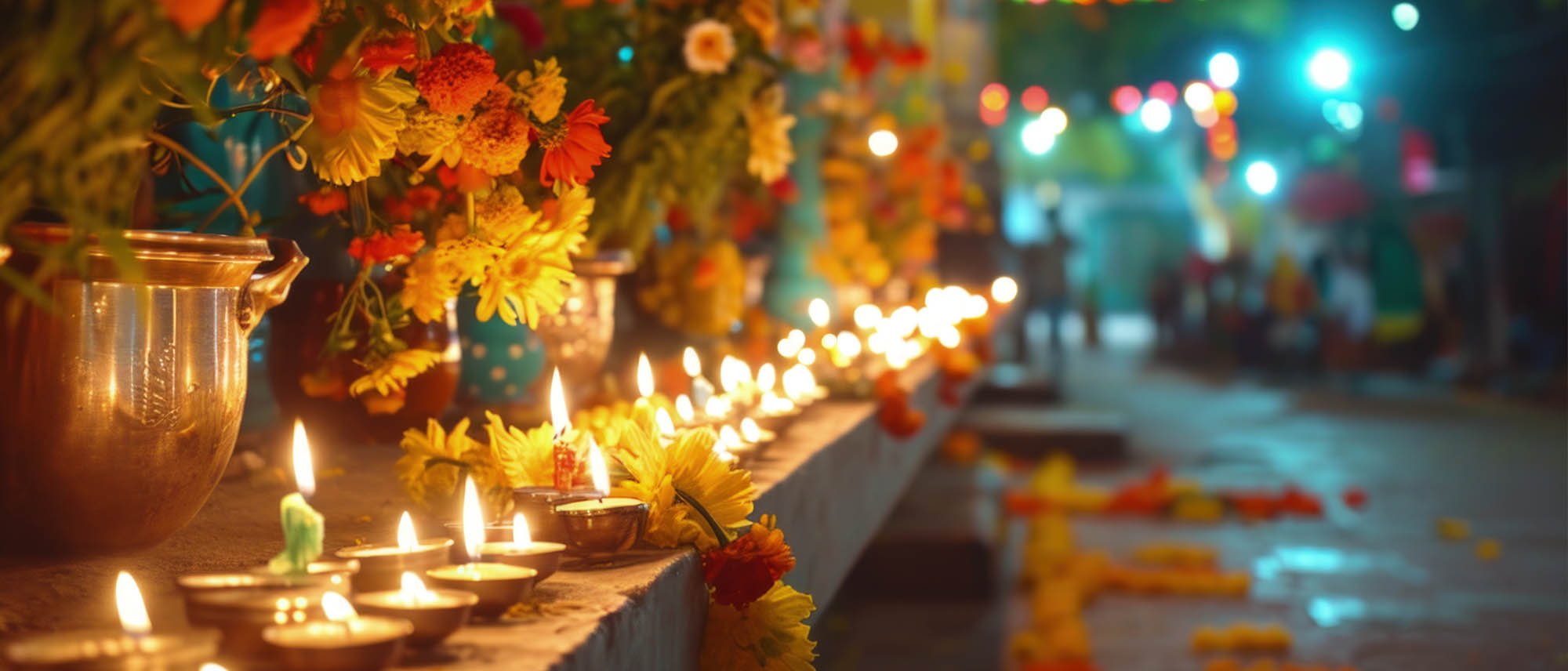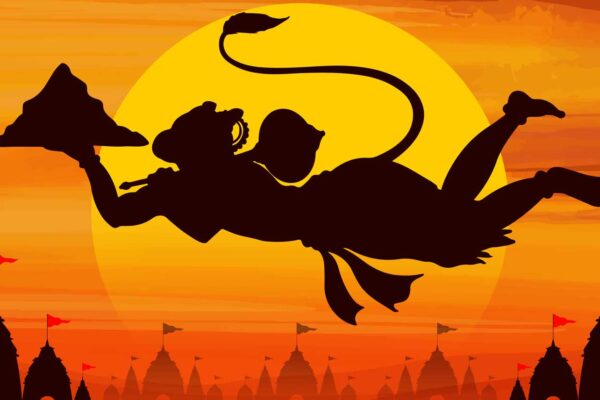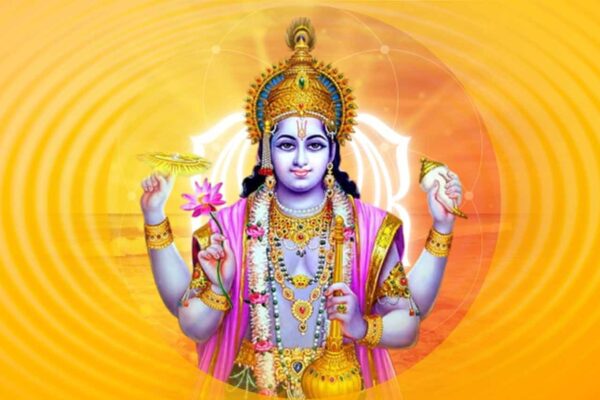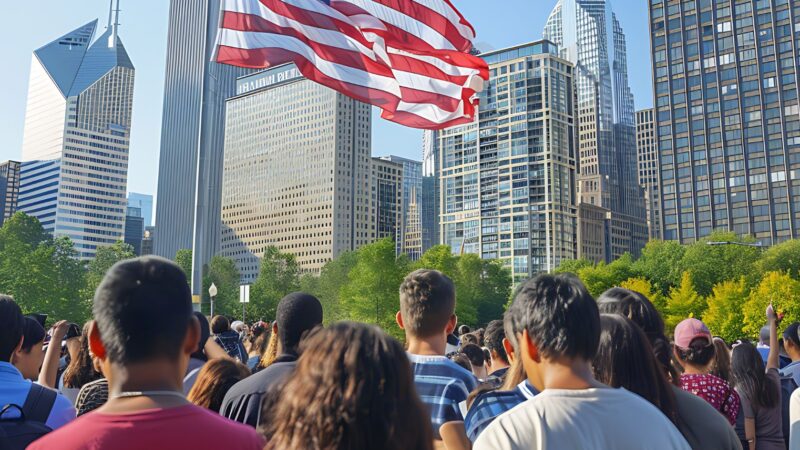Traditional Indian festivals in 2025 continue to unite people through culture, devotion, and celebration. From Diwali to Holi, they symbolize India’s spirit.
In this guide, we explore some of the most important traditional Indian festivals celebrated in 2025, such as Diwali, Holi, Navratri, Janmashtami, and more. From lighting lamps to colorful processions, every celebration brings people together with joy and devotion.
1. Diwali – Festival of Lights (October/November 2025)
Significance: Victory of light over darkness and knowledge over ignorance
Main Rituals:
- Lighting of diyas and lanterns
- Lakshmi Puja for prosperity
- Home cleaning and decoration
- Sharing sweets and gifts
- Fireworks and festive meals
Diwali, also called Deepavali, is one of the most widely celebrated festivals across India. It marks the return of Ram to Ayodhya, symbolizing the triumph of righteousness. People light up homes with lamps, wear new clothes, and perform pujas for peace and abundance.
Diwali 2025 is one of the most awaited traditional Indian festivals in 2025.
2. Holi – Festival of Colors (March 2025)
Significance: Celebration of love, spring, and victory of truth
Main Rituals:
- Holika Dahan (bonfire)
- Playing with colors and water
- Singing folk songs and dhol
- Feasting on gujiya, thandai
Holi is one of India’s most joyful festivals. It celebrates the bond between people, regardless of age or background. The stories behind Holi highlight the power of devotion and the arrival of spring. Cities like Mathura and Vrindavan host spectacular celebrations lasting several days.
Among traditional Indian festivals 2025, Holi stands out for its vibrant and playful nature.
3. Navratri & Durga Utsav (September–October)
Significance: Celebration of feminine energy and divine power
Main Rituals:
- Nine nights of fasting and prayer
- Garba and Dandiya dances
- Cultural performances and pujas
- Worship of divine forms through art, music, and rituals
During Navratri, people across India celebrate strength, beauty, and wisdom through the nine forms of the Divine Mother. In Gujarat, Garba nights light up cities, while in Bengal, Durga Puja pandals display awe-inspiring art. In the South, Golu (doll displays) mark the celebration at home.
Fun Fact: Each Navratri day has a specific color associated with it for clothing and decor.
4. Ganesh Utsav (August–September)
Significance: Honoring the remover of obstacles and the symbol of wisdom
Main Rituals:
- Bringing clay idols home or into public mandals
- Daily prayers and aartis
- Modak offerings
- Immersion processions with music and chants
Ganesh Utsav is a vibrant and community-driven celebration. Cities like Mumbai and Pune host grand public installations and cultural events. Homes are decorated with flowers, and families gather to welcome Lord Ganesha with devotion and joy.
Green Tip: Use eco-friendly idols and natural decorations for a pollution-free celebration.
5. Janmashtami (August)
Significance: Celebrating the birth of Lord Krishna
Main Rituals:
- Midnight devotional singing and fasting
- Dahi handi (clay pot breaking) events
- Recitations of Bhagavad Gita
- Decorations with baby Krishna idols
Janmashtami is celebrated with immense enthusiasm, especially in Mathura and Vrindavan — the traditional centers of Krishna worship. Devotees fast, sing bhajans, and recreate scenes from Krishna’s life. The famous Dahi Handi events involve human pyramids competing to reach and break hanging pots filled with curd.
Tip: Watch live Janmashtami celebrations streamed from ISKCON temples.
6. Makar Sankranti / Pongal / Lohri / Uttarayan (January)
Significance: Harvest celebration and the sun’s northward movement
Main Rituals:
- Flying colorful kites (Uttarayan – Gujarat)
- Bonfires and songs (Lohri – Punjab)
- Offering Pongal rice dish (Tamil Nadu)
- Traditional folk dances (Assam’s Bihu)
Though names vary by region, this day is a pan-India festival of the sun, agriculture, and gratitude. Families rise early, offer prayers, and share sweet dishes made of jaggery, sesame, or rice. It also marks new beginnings and the change of seasons.
Quote: “Tilgud ghya, god god bola” — a reminder to stay sweet in words and action.
7. Raksha Bandhan (August)
Significance: Symbol of sibling love and protection
Main Rituals:
- Tying of rakhi by sisters
- Gift exchange
- Special family meals
A heartfelt festival that goes beyond just brothers and sisters — today, many tie rakhis to friends, soldiers, trees, and even pets. It’s a beautiful celebration of love, protection, and lifelong bonds.
Modern Trend: Plantable rakhis and digital greetings are becoming popular.
8. Ram Navami (April)
Significance: Commemorating the birth of Lord Ram
Main Rituals:
- Recitation of Ramayana
- Ramlila performances
- Prayers and kirtans
- Community feasting
Ram Navami is celebrated with calm devotion across temples and homes. It reminds people of truth, dharma, and righteous living — as exemplified in the life of Lord Ram. Cultural events and storytelling sessions are commonly organized in schools and community halls.
9. Maha Shivratri (March)
Significance: Honoring Lord Shiva and spiritual awakening
Main Rituals:
- All-night prayers and fasting
- Shiva Lingam abhishek
- Chanting of mantras
- Silent meditation and spiritual talks
Maha Shivratri is a night of stillness, introspection, and energy. Devotees stay awake chanting and meditating. It is believed that sincere worship on this night brings inner peace and transformation. Major temples like Kedarnath, Kashi Vishwanath, and Somnath witness grand celebrations.
India’s traditional festivals reflect the values of family, nature, gratitude, and inner peace. These festivals bring generations together, reconnect people with their roots, and fill life with color, joy, and purpose.
Whether you’re in a metro or a village, these traditional Indian festivals in 2025 offer timeless joy and togetherness.
In 2025, as we become more conscious of the environment and health, people are embracing celebrations that are not just joyful — but also responsible. Whether it’s lighting a diya, dancing in a Garba, or chanting a mantra — the soul of Indian tradition is alive and evolving.
Celebrate with heart, live with purpose, and pass on the tradition with pride.





